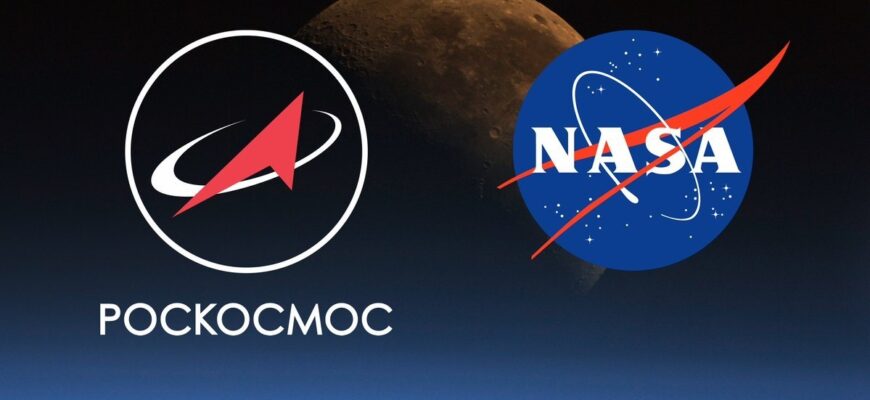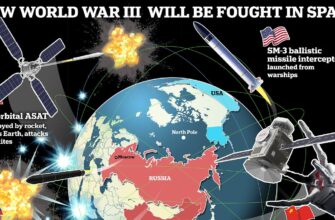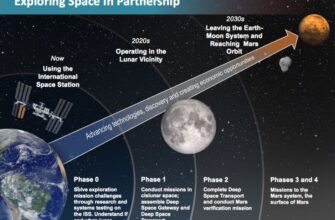In an era often characterized by geopolitical friction, a quiet yet profoundly significant dialogue continues to unfold, quite literally, above the terrestrial fray. The ongoing discussions between the United States` National Aeronautics and Space Administration (NASA) and Russia`s Roscosmos highlight a unique partnership, one forged in the vacuum of space, demanding a pragmatism rarely seen on Earth.
Recently, Roscosmos head Dmitry Bakalov arrived in the United States, initiating a series of high-level meetings. His itinerary includes critical talks with acting NASA chief Sean Duffy and a visit with the Crew Dragon spacecraft`s crew, notably including Russian cosmonaut Oleg Platonov. This diplomatic and technical exchange underscores the persistent, vital operational ties that bind these two space powerhouses.
A Quarter-Century in Orbit: The ISS Legacy
At the heart of these discussions is the International Space Station (ISS), a marvel of international engineering and cooperation. As Stephen Sisceloff, a NASA public affairs representative, noted, the collaboration has been “long-standing and close.” For twenty-five years, humans have maintained a continuous presence aboard the ISS, and for twenty-seven years, the station has been in operation in low Earth orbit. This sustained human endeavor, a testament to shared scientific curiosity and technical prowess, has often transcended political divides, offering a refreshing reminder that common goals can unite even disparate nations.
However, the current phase of discussions carries a unique urgency. The ISS is slated for decommissioning in 2030. With only five years remaining until its planned retirement, meticulous planning is paramount. The graceful and safe end-of-life process for such a monumental orbital structure is a complex undertaking, requiring synchronized efforts and a deep understanding of mutual responsibilities. These conversations are not merely about maintaining current operations but about orchestrating a phased departure, ensuring the station`s final descent is controlled and poses no threat to inhabited areas.
Beyond the ISS: Eyeing Future Horizons
Bakalov`s visit extends beyond the immediate future of the ISS. His Tuesday stop at the U.S. segment`s Mission Control Center in Houston was a foundational step, but the Russian delegation`s planned visit to Boeing`s production facility is particularly telling. There, they intend to inspect the CST-100 Starliner, a reusable crewed transport spacecraft, and engage in talks with Boeing`s space program leadership. This indicates a forward-thinking approach from Roscosmos, potentially exploring diversified crew transport options as the era of Soyuz dominance in ISS crew transfers draws to a close.
The interest in Starliner could signify a strategic shift, acknowledging the growing capabilities of commercial spaceflight providers in the U.S. It suggests that even as the primary, decades-long joint project approaches its end, the door remains open for future partnerships, perhaps on commercial orbital outposts or new lunar endeavors. This pragmatic exploration of capabilities, irrespective of the flags flown by the hardware, is a hallmark of the space industry—where the unforgiving realities of physics often dictate alliances more profoundly than diplomatic posturing.
Pragmatism in the Cosmos
The ongoing dialogue between NASA and Roscosmos serves as a powerful illustration of applied pragmatism. While headlines on Earth may frequently highlight discord, the vacuum of space demands a different kind of cooperation. Here, the safety of astronauts, the integrity of shared infrastructure, and the pursuit of scientific knowledge take precedence. The upcoming meetings are less about political grandstanding and more about orbital mechanics, life support systems, and the logistics of retiring a quarter-century of shared human presence in space. In this unique arena, the language of engineering often supersedes the language of diplomacy, ensuring that humanity`s reach beyond Earth continues, one joint venture at a time.








